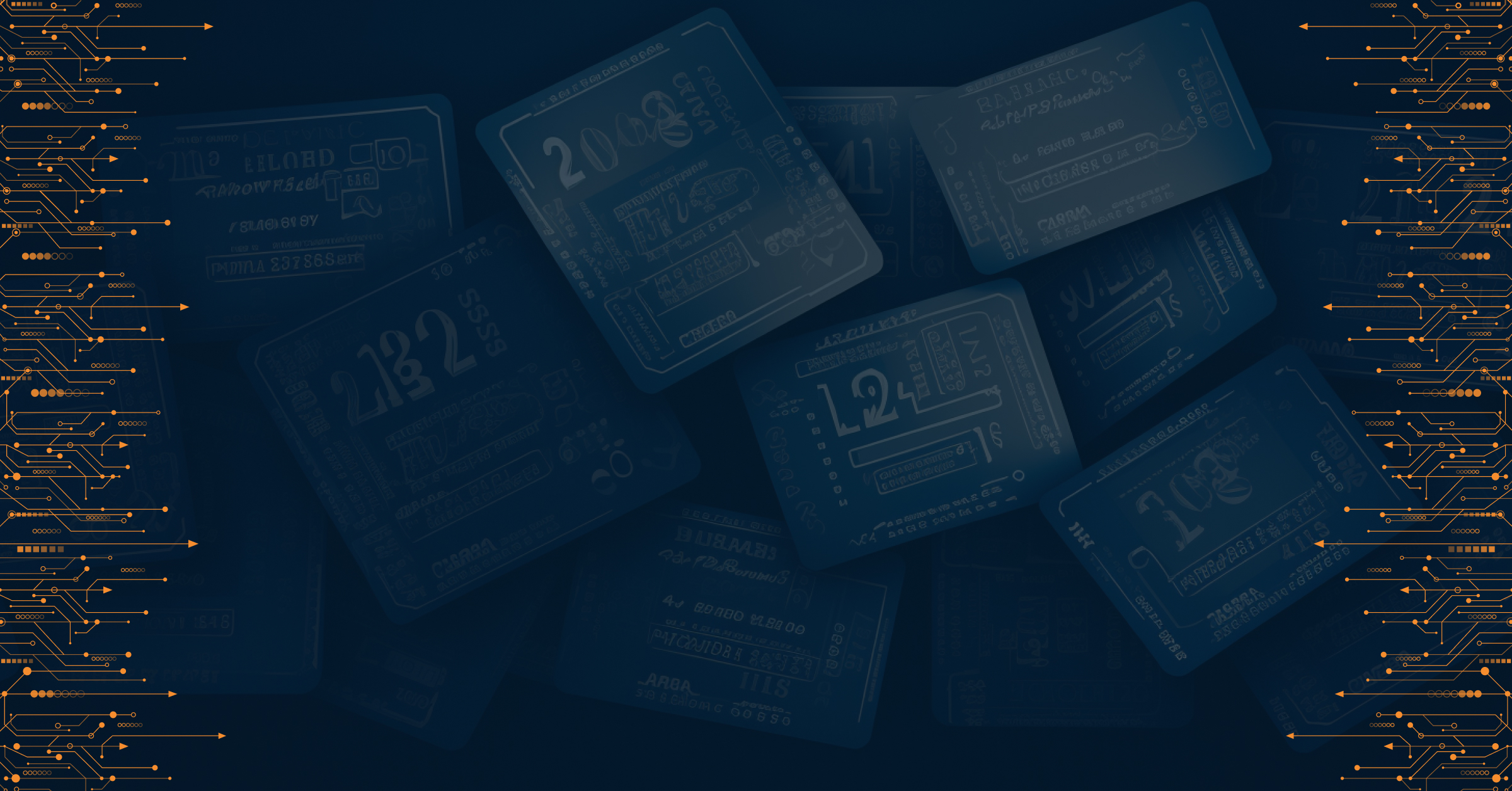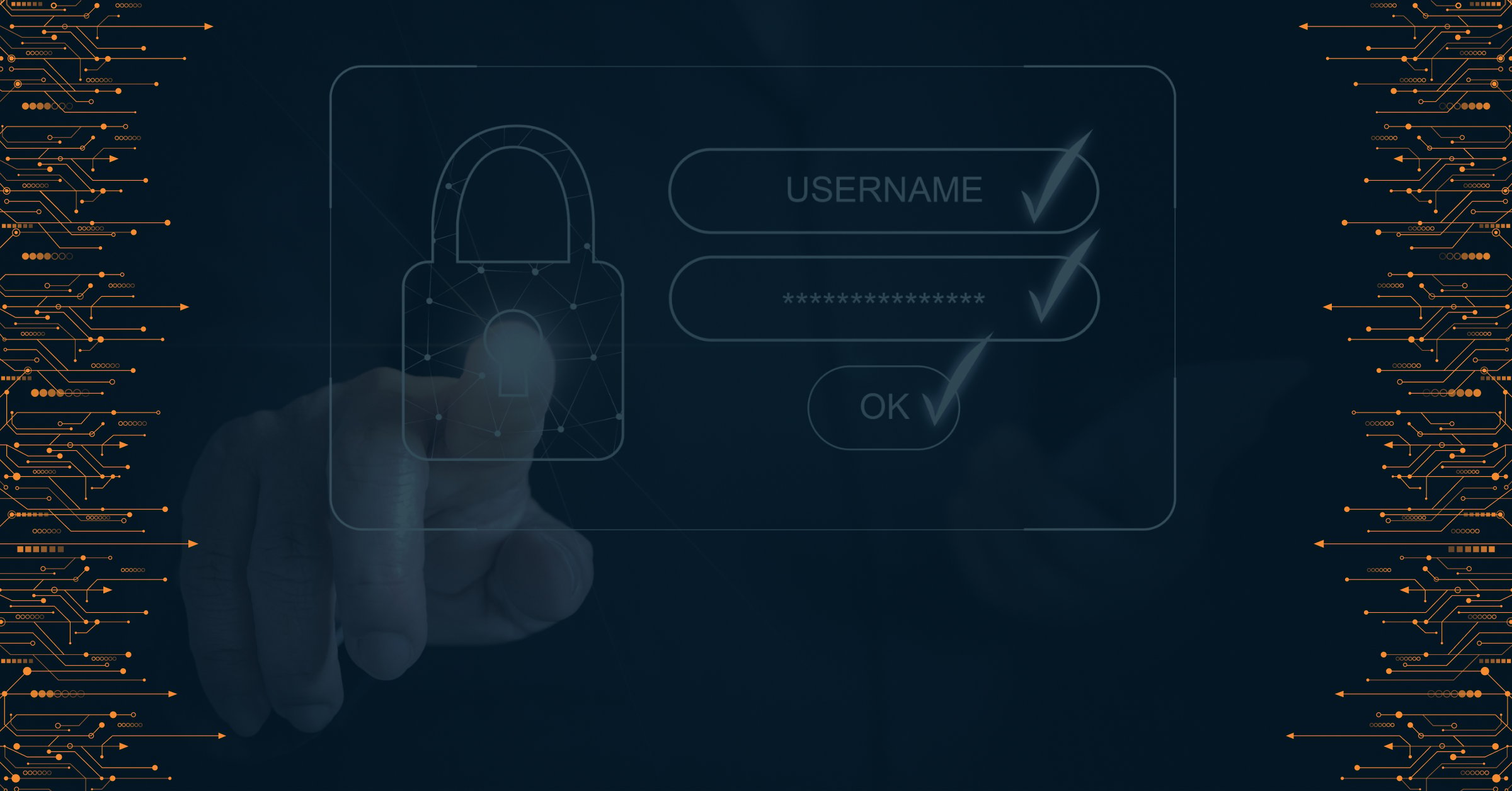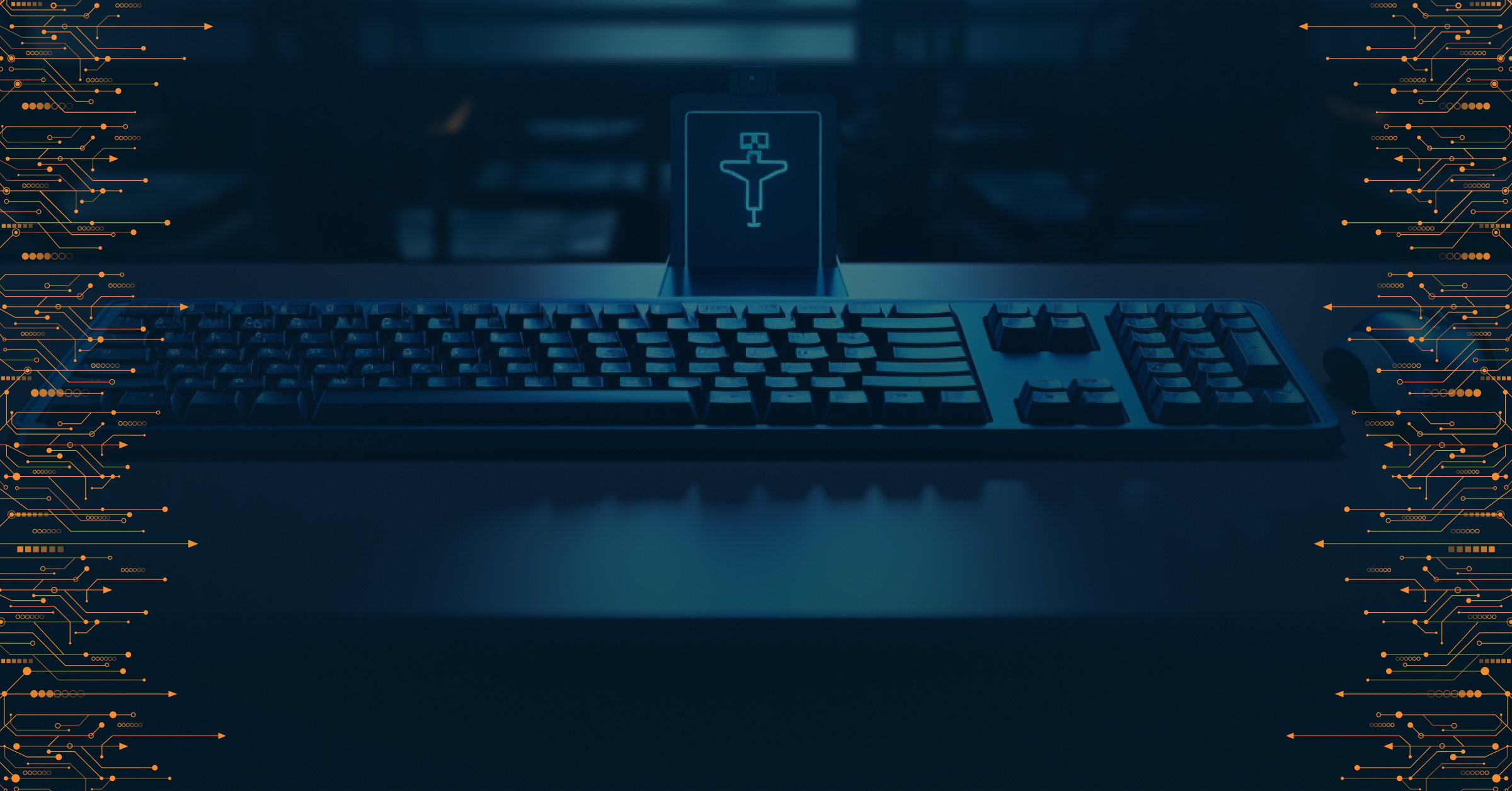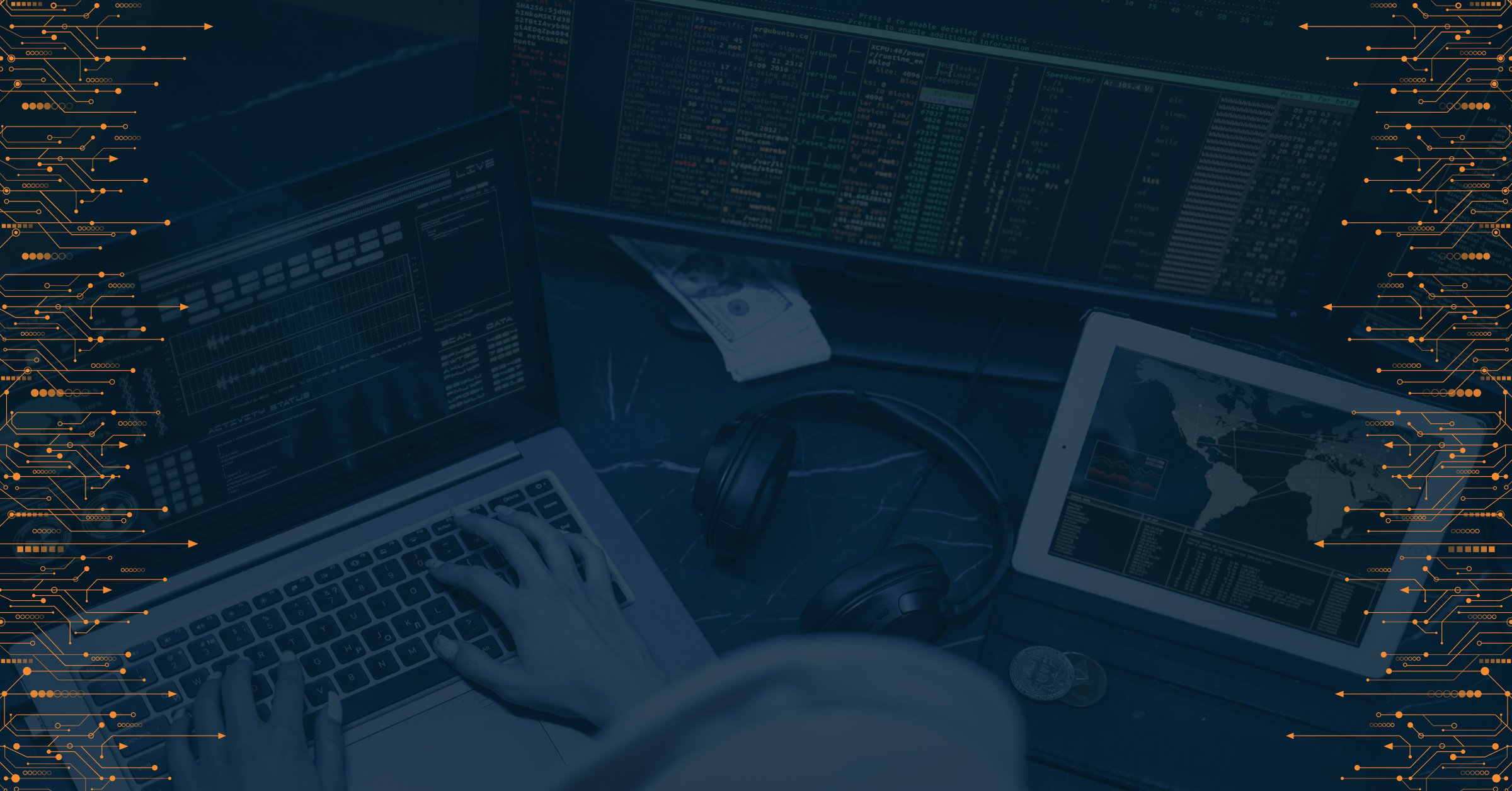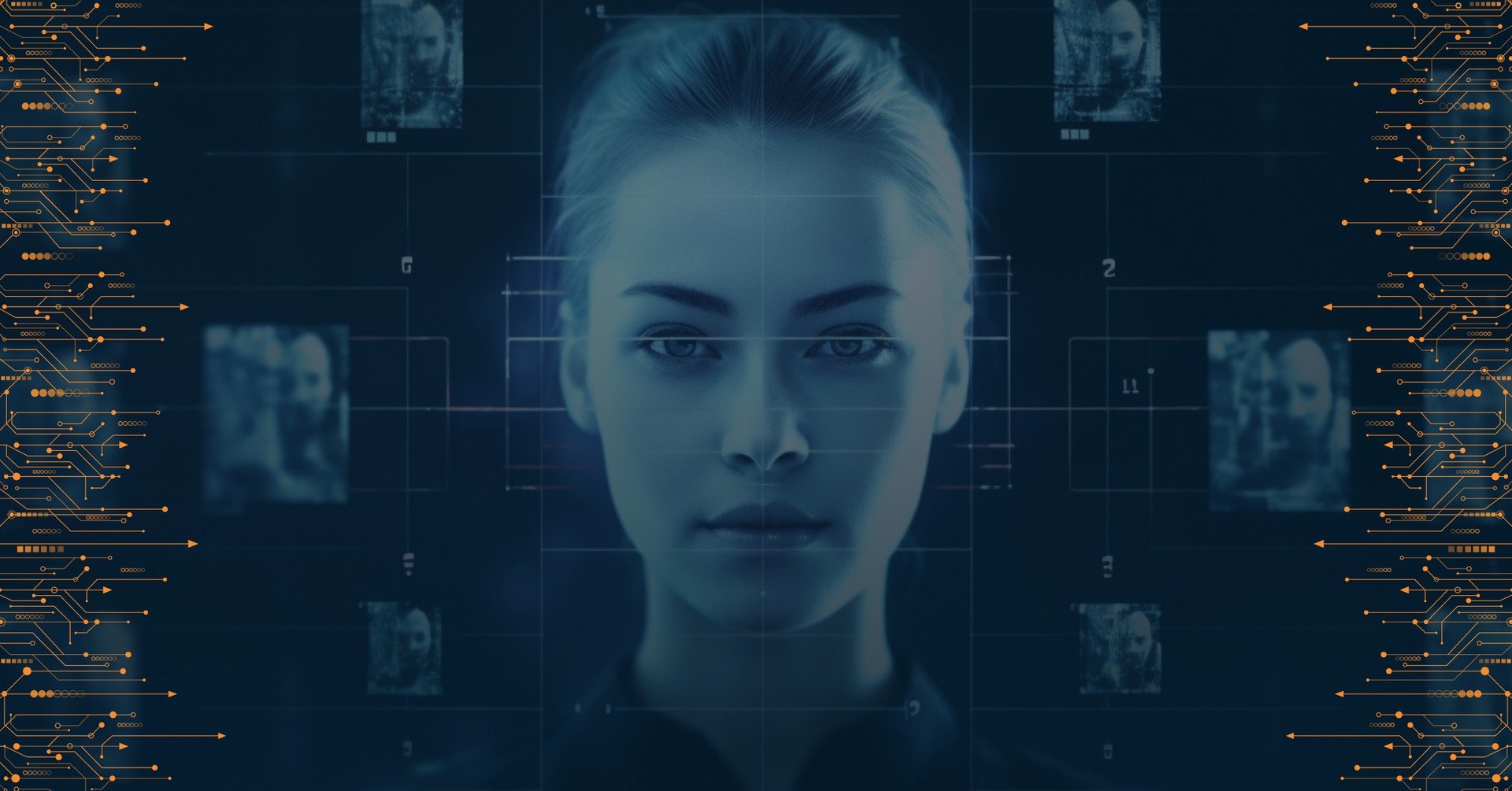Artificial Intelligence (AI) has become a game-changer, which is why its adoption is rampant. In fact, in-depth research shows that 77% of businesses worldwide are using or planning to incorporate AI within their systems.
While artificial intelligence is rapidly transforming industries with critical infrastructure, it’s also introducing a new range of digital and physical threats. In the hands of malicious actors, AI can help capture private data, breach secure systems, and automate malware. So, it’s no surprise that cyber incidents ranked number one in business risks for 2023!
This article will delve into the top ways cybercriminals exploit artificial intelligence tools to achieve their nefarious goals. Further in this blog post, we’ll explore how businesses can leverage AI to respond to malicious actors:
How Are Cybercriminals Misusing Artificial Intelligence?
The features that make artificial intelligence a valuable tool for businesses, from analyzing massive volumes of data to discerning intricate patterns, are the same fraudsters use. Here’s a look at how cybercriminals abuse AI to orchestrate malicious attacks:
1. Generating Phishing Emails
Many hackers weaponize artificial intelligence to reinvent the phishing landscape. Cybercriminals can now craft quality phishing emails that mirror the tone and content of authentic brands.
Thus, the introduction of AI in emails can trick the savviest of recipients, exposing individuals and businesses to numerous attacks.
2. Cracking Passwords with AI
Malicious actors employ Machine Language (ML) to create sophisticated algorithms for password guessing. Whether through traditional approaches like HashCat or innovative neural networks, cybercriminals can analyze vast password datasets.
Consequently, fraudsters are now likelier to generate accurate password variations that lead to higher profits. An insightful study reveals that advanced AI password-cracking software bypasses over 81% of common credentials within a month.
3. Deceiving Users with Deepfakes
An in-depth poll conducted by AICPA &CIMA found that 66% of surveyed cybersecurity professionals experienced deepfakes in a cyberattack. Typically, it involves cybercriminals using innovative AI techniques and tools to manipulate voices and visual content.
In addition to blurring the lines between reality and deception, deepfakes empower malicious actors to create disinformation campaigns. Moreover, the wide use of social media allows these cybercriminals to distribute deepfakes at unprecedented speeds.
Take, for example, a UK-based energy firm that transferred over 200,000 British pounds to a Hungarian hacker’s bank account. The cybercriminal used deepfake audio techniques to impersonate the organization’s CEO, authorizing the payments and causing massive financial losses.
4. Automating Malware Deployment
Fraudsters that use malware can disrupt your or your business’s systems, getting unauthorized access to secure accounts and disrupting sensitive files. With artificial intelligence, cybercriminals can leverage deep learning models to automate malware deployments.
What’s more, cybercriminals can use AI to identify how their malicious malware operates in the visitor’s system, working close to the real scenario. Many times, they harness the power of AI to craft ransom messages that sound professional and native.
5. Impersonating Humans on Social Platforms
Many cybercriminals abuse AI to mimic human behavior, allowing them to monetize malicious systems and generate fake traffic, followers, and streams for a specific user.
For example, an AI bot on Spotify claims the ability to increase streams by imitating Spotify users. The tool- present on the Nulled[.] forum evades detection by curating multiple playlists that follow human-like music tastes.
Furthermore, these AI-powered impersonations allow cybercriminals to generate massive amounts of fake accounts, likes, comments, and follow-backs on social networking platforms.
6. Creating Scams with AI Bots
Another way cybercriminals weaponize AI is by using scam bots. These fully automated bots use advanced AI and ML technology to imitate human communication when engaging with online businesses and buyers.
Moreover, malicious actors use scam bots to conduct rapid vulnerability scans for a website and perform automated cyberattacks, such as bot-driven account takeover and spam emails. Because of their exceptional speed, bots can be a severe threat to businesses and individuals.
Besides, many fraudsters use these bots to lay out the foundation for a cyberattack. For instance, the bot might request visitors to provide account registration information and perform credential-stuffing attacks to allow cybercriminals to lock out legitimate users.
The AI Benefit: How Can Cybersecurity Guard You Against Cybercriminals
While hackers use AI for ill gain, businesses can utilize this innovative technology to solve cybersecurity issues. For individuals and organizations to keep up with the threat actors out there, knowing how to respond to cyberattacks in a more sophisticated manner is of great importance.
Here’s how you can use artificial intelligence to reinvent your cybersecurity strategy:
Analyzing Security Log
Traditional security log analysis uses an outdated rule-based system that limits your business’s ability to identify new threats. On the contrary, using AI-based security log analysis allows you to analyze massive volumes in real time.
The result? Businesses can detect complex patterns indicative of security breaches, prompting teams to respond to cyberattacks instantly and reduce data breaches.
Detecting Malware and Phishing
While conventional antivirus software uses signature-based detection, this technique can make your business susceptible to unknown and modified malware. Incorporating AI-powered solutions allows organizations to analyze massive data volumes and respond to patterns that are challenging for humans and traditional tools to detect.
With innovative AI and ML-based solutions, businesses can identify and detect new and unknown malware variants, such as labelled data and static or dynamic analysis.
Monitoring Indicators of Compromise
Another fantastic way AI revolutionizes cybersecurity is by analyzing user behaviors, detecting suspicious activity, and protecting against cyber threats. With artificial intelligence, businesses can identify deviations and determine if a user is trying to hack your website or systems.
What’s more, AI tools can process threat intelligence data, allowing them to predict and prevent potential cyberattacks. Besides this, they can learn normal behavior to identify indicators of compromise, thus protecting your business from malicious attacks.
The Bottom Line
As artificial intelligence continues to advance in global industries, a new realm of cyberattacks is unfolding, from automated phishing emails to sophisticated password-guessing software. The good news is that the increasing use of AI presents transformative opportunities to redefine cybersecurity.
While there are a lot of grey areas that encompass the use of artificial intelligence, cybersecurity professionals and organizations worldwide can use it to strengthen their defense, thus protecting their businesses from fraudulent activities and reducing costs.

PRODAFT Team
Stay up to date
Browse Posts
Browse by topics
- Cybercrime awareness (15)
- Cybersecurity for Businesses (10)
- Risk management (7)
- Cybersecurity Tips (6)
- Digital safety (6)
- Proactive Threat Intelligence (6)
- Cyber threat protection (5)
- Cyberattacks (5)
- Risk intelligence (5)
- Threat Prevention (5)
- Data Protection (4)
- Network Security (4)
- Phishing (4)
- Supply chain risks (4)
- TTPs (4)
- Artificial intelligence (3)
- Critical network infrastructures (3)
- Malicious websites (3)
- Malware (3)
- Social engineering (3)
- Data breaches (2)
- Insider Threats (2)
- NIS2 Directive (2)
- Ransomware (2)
- CISOs (1)
- Cryptocurrencies (1)
- Cyber espionage (1)
- Cyber extortion (1)
- Cyber fraud (1)
- Cybersecurity Collaboration (1)
- DDoS Attacks (1)
- Deepfakes (1)
- DoS Attacks (1)
- Fake social media (1)
- Incident Response (1)
- Internet of things (1)
- Money Laundering (1)
- Multi-factor authentication (1)
- One-day vulnerability (1)
- Remote Work (1)
- Stealers (1)
- SystemBC (1)
- The Cyber kill chain (1)
- Threat Intelligence solutions (1)
- Tor browser (1)
- Traffic Distribution System (1)
- Zero-day vulnerability (1)
- dark web (1)
- deep web (1)
- keyloggers (1)
- social media (1)
- spoofing (1)
- threat detection (1)

